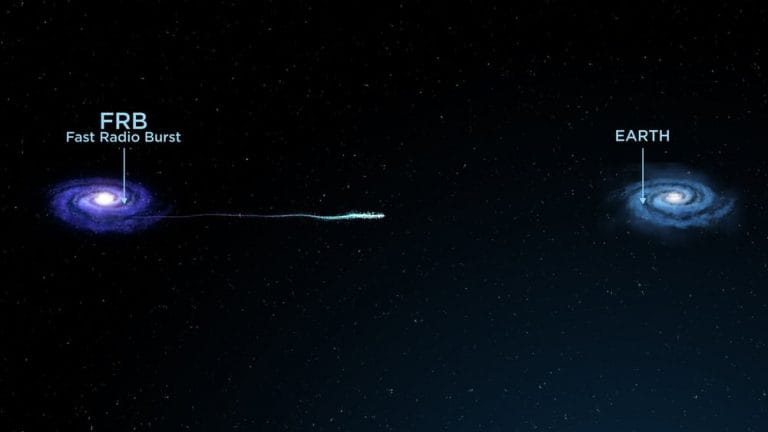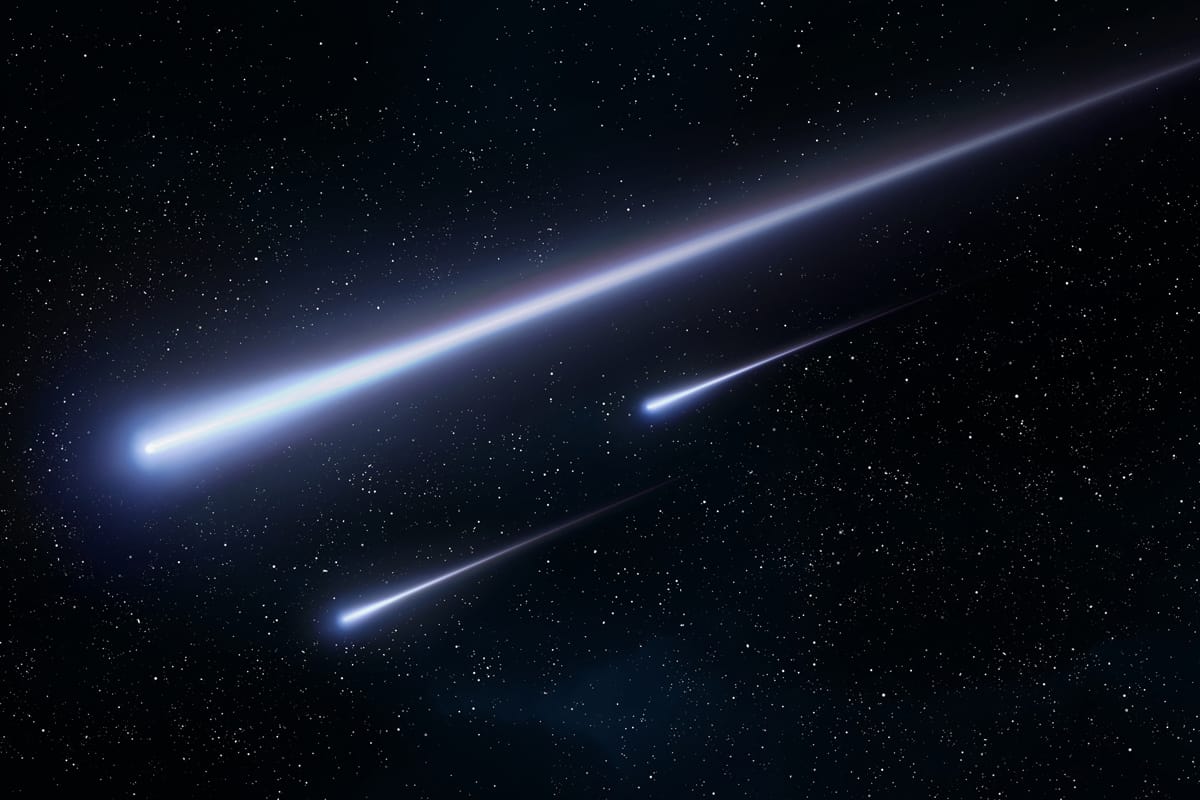The discovery of a fast radio burst (FRB) in a distant, dead galaxy has sent the scientific community into a frenzy as they race to decipher the implications of the finding. Fast radio bursts are exceedingly rare, transient astronomical events that emit heavily dispersive, broad-band signals across the radio spectrum, lasting only a few milliseconds. The origins of these enigmatic phenomena remain a topic of intense research and speculation. However, the identification of an FRB within a dead galaxy presents new insight into the nature of these mysterious signals and forces researchers to reconsider existing theories on the formation and evolution of these unique cosmic events.
The dead galaxy, located 8 billion light-years away from Earth, was chosen as the research subject because, unlike other galaxies, it doesn’t exhibit any signs of active star formation. This peculiarity makes the discovery of the FRB even more intriguing because the origins of these signals have been previously attributed to young, massive stars. Studying this event makes scientists reconsider the existing notions revolving around FRBs and their connection to massive stars, focusing their attention on the potential role other astrophysical processes might play in the emergence of these mysteriously intense bursts of energy.
Furthermore, the detection of FRB in a dead galaxy highlights the ever-increasing need for advanced observational technology and computational methods, allowing astronomers to potentially identify even more elusive events. By examining additional signals, comparing data, and refining current models, researchers can better understand the true nature of these phenomenon, uncovering various influential factors that contribute to the occurrence and further studying the evolution of these transient events.



